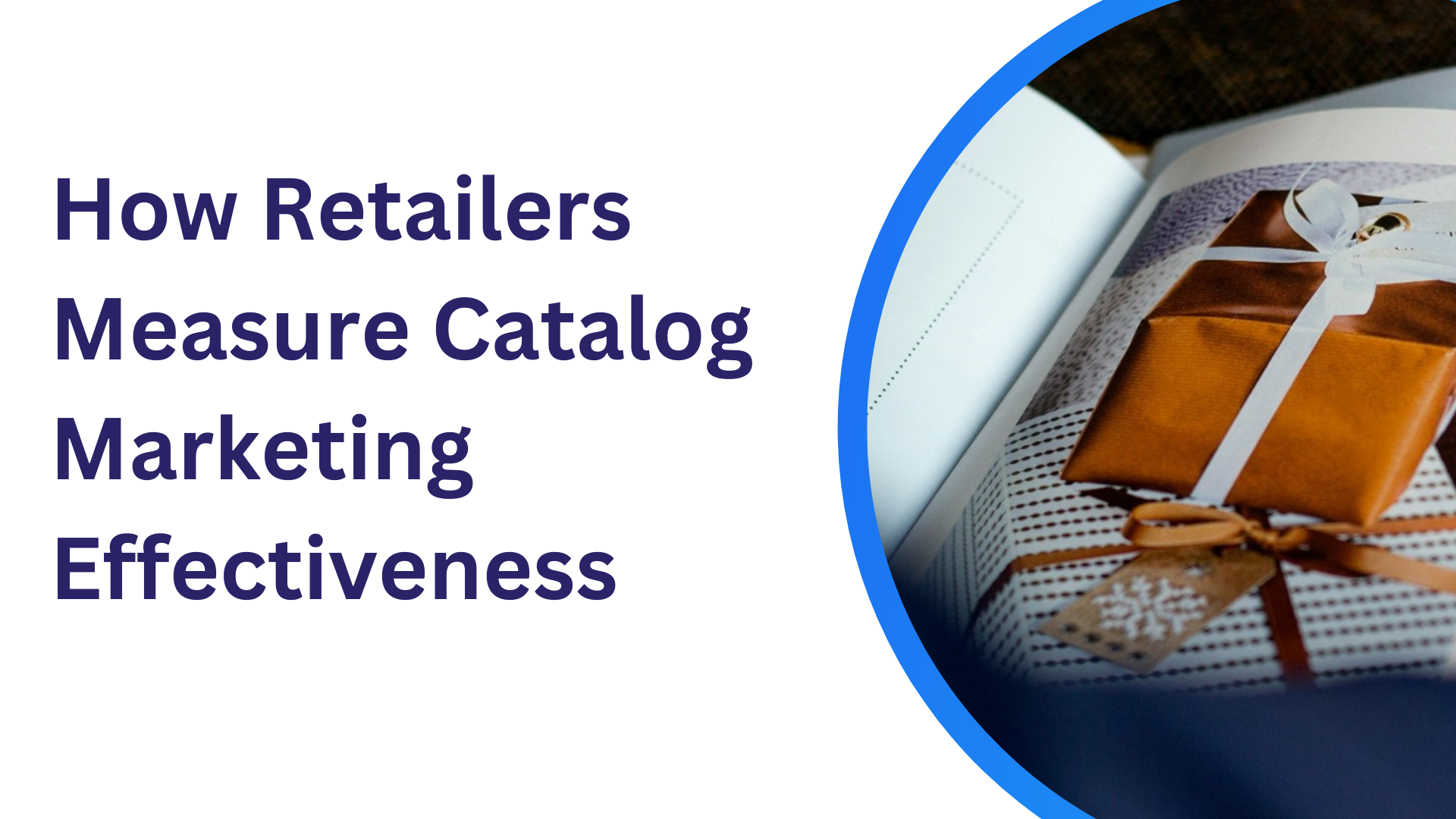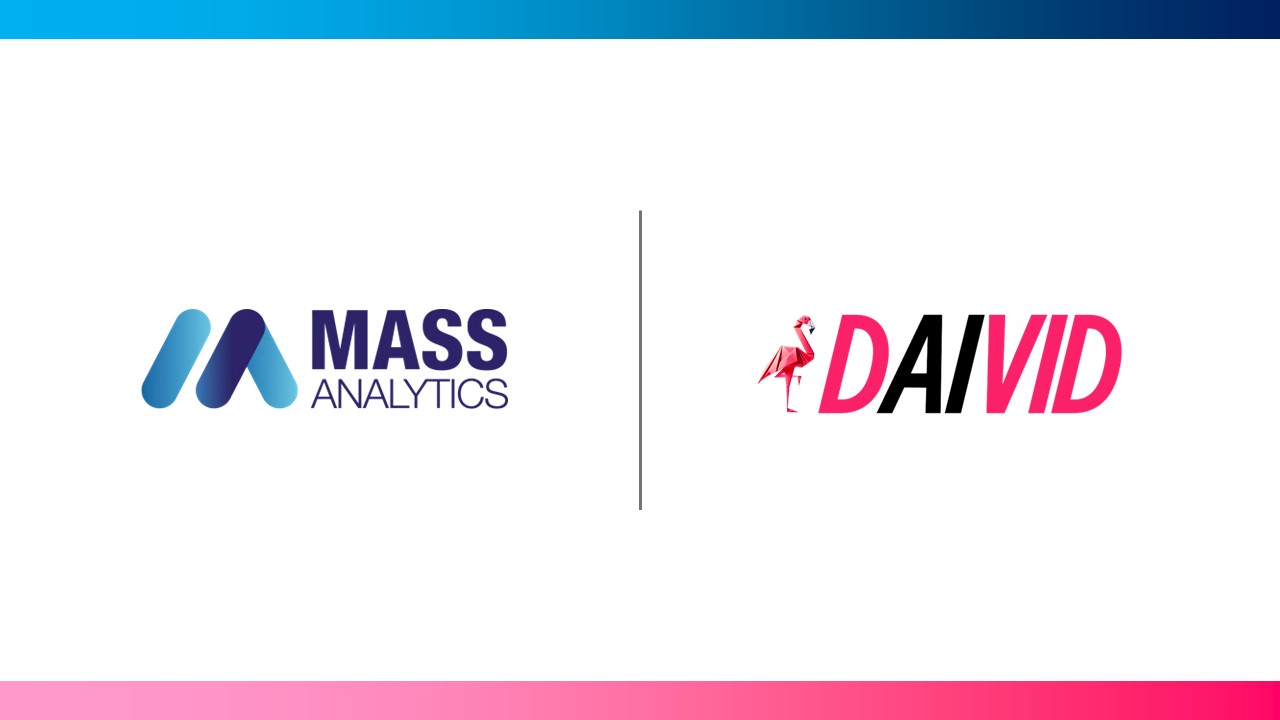Degrees of Freedom:
More Confidence in Your Marketing Measurement
If you are running out of degrees of freedom in your marketing mix model, this blog will help you understand how to handle it.
But first, what exactly are degrees of freedom? Here’s an example to explain it.
Let’s say a company has one year’s worth of data, and they always have a Christmas season each year, during which they observe an increase in sales.
If they analyze only one year of data, they will have a single Christmas occurrence and a single sales increase. Here, they might attribute this to chance or causality. To determine causality confidently, they would need more observations—more degrees of freedom. The more observations they have, the more confident they are in their measurements.
If they add data for a second year, that’s 2 observations, which is better but not great…
Let’s say they consider increasing degrees of freedom by adding more data cuts. If they have two years of data, but they break it down by three regions, they get six data points: two Christmas periods in each of the three regions.
Although six points still have some margin for error, they certainly offer more reliability than two!
If sales increase consistently across all regions during both Christmas periods, the likelihood of this increase being due to chance diminishes. The consistency across regions builds confidence in the measurement, allowing the analyst to assert more confidently that Christmas drives sales up. So, the solution is to add more cuts to their dataset. This increases confidence by providing more data points for estimation.
For example, we can add store, region, and product dimensions. Automatically, this multiplication of the dataset size allows for more robust measurement, even with just two- or three-years’ worth of data across many variables.
Most brands should have access to some kind of added sections/cuts/regions. For example, retailers can look at sales categories like fresh food, consumer goods, and other products. They can also conduct store-by-store analysis instead of relying solely on national sales data.
Comparing offline sales to online sales doubles the degrees of freedom. Even considering total online versus total offline sales is more informative than just national sales.
For CPG companies, cuts can be made by region or retailer, such as sales through Target, Walmart, or Amazon.
Insurance companies and banks might analyze sales or account openings by branch. If commissions drive sales at each branch, this reflects the true impact of those commissions. So depending on your vertical, various data cuts can be added to increase the reliability of results.
Conclusion
All that being said, we need insist here that adding degrees of freedom isn’t a magic fix. If the execution of your campaigns lacks variability, more degrees of freedom won’t solve the problem. But in general, with the abundance of data today, degrees of freedom shouldn’t be an issue.






